Steph W. from SEOPressor


...help you check your website and tell you exactly how to rank higher?


80
score %
SEO Score

Found us from search engine?
We rank high, you can too.
SEOPressor helps you to optimize your on-page SEO for higher & improved search ranking.
By allysa on September 16, 2015
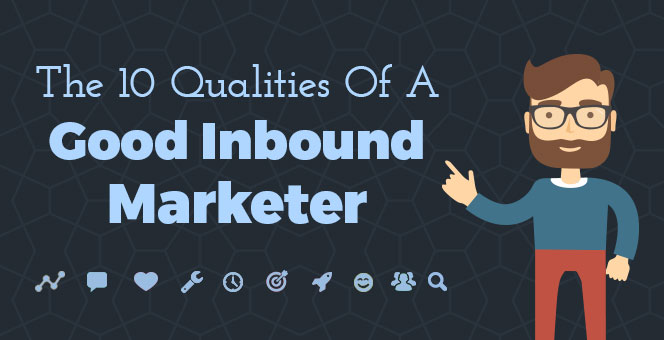
Ever since people started marketing their businesses online back in the early 2000s, one thing quickly become apparent – traditional marketing methods doesn’t work well on the internet. Interruptive marketing strategies like paying for ads, sending spam emails and hard selling methods are not only ineffective, but can get real annoying real quick.
Hence, the birth of inbound marketing as the answer to our plight – businesses instead earn the trust of customers by creating informative and helpful contents that naturally draws visitors in. By forging a solid relationship between business and customers as well as publishing quality contents that answers to customer’s demand and interest, you naturally attract inbound traffic that you can eventually convert into sales.
It’s a win-win situation for both you AND your customers. Yay!
But most of us still having problems moving on from the jurassic era. We are just too used to hard selling methods and projecting an all-powerful image that even though we tried our hands on this new content marketing thing, our copies ends up cold and doesn’t generate as much return as initially expected.
So what does it take to be a good inbound marketer? Our team here at SEOPressor spent days scratching our heads trying to figure them up. After exhausting our coffee supply and a few boxes of pizza later, we managed to come up with the top 10 qualities that’ll make you an inbound marketer your customers will want to hug. No kidding.
Let’s have a look at them one by one.
[bof_display_offer id=8423]

If you want to become a successful inbound marketer, the very first thing you need to embrace is developing a strong analytical mindset. Trust me folks, if you want results, you need to listen to the data. A good inbound marketer needs to have the ability to read and comprehend all important information, and then decipher the data into some actionable strategies which can be used for immediate improvements.
How we did it:
Our journey began when we first started our content marketing somewhere in April this year and we were extremely thrilled about the idea of how much traffic we could bring in for each individual post. So we started by posting every single day, and then we emailed our latest blog post to our email lists on a daily basis.
Then it hit us – from the data we found out that we are losing subscribers each time we send out an email. It’s not much but it adds up on each subsequent email. The unsubscribe rate rises and the open rates started to dwindle.

To top it off, our subscriber opt-in rate are a bit on the under-performing side and the incoming rates are not enough to cover the loss of subscribers from sending out emails. If we keep this up we will end up completely burning out our subscribers list.
We looked it up and we pinpointed the reason of the opt-in not doing well is because we keep using the same offer for every post regardless of their relevance. Since then, we changed our strategy a little bit.
To avoid quickly exhausting our subscribers list, we stopped sending emails to our subscribers every time we published a new post. Instead, we send them on a weekly basis and compile only the best posts of the week into a weekly digest format.
The next thing to do is to increase the opt-in rate. So we’ve decided that we need to come up with a different unique offer for every blog post that we published.
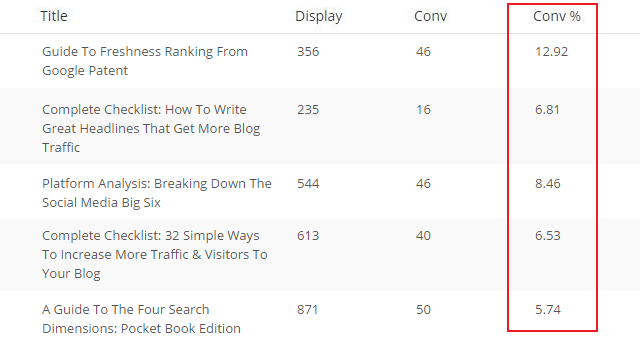
Much better!
And when the results are in, we are thrilled to see actual improvement on the conversion rate. This proves our guess that the slow opt-in is caused by irrelevant offers we used across the board and a unique offer does fixes that.
All this, from looking at cold hard data. Unsubscribe rate, open rate and conversion rate – they talk. We listened, did the math, did something to fix it and end up with a healthy and sustainable figure. Well done!

Why? Because while very important, data can end up being the same for everyone. It’s YOUR story that separates you with the rest of the marketers.
A great storytelling enables you to evoke the reader’s emotion instantly. Instead of a lecture, imagine being in a circle of close friends hanging around a campfire. Forget bombastic words and perfect grammar! It’s the casual tone and common everyday words that’s going to give your contents that friendly vibe, allowing readers to get closer and see things through your own eyes. This is the kind of personal engagement that will help you to build empathy with your audience.
In addition, having a good flow and a well narrated structure will definitely keep your audience engaged from the beginning till the end of your story. One of the biggest challenges that most data-driven inbound marketers face is actually not being able to convey their thoughts in a coherent manner. You might not notice it because you already have a clear picture in mind when writing, but readers can easily get lost in a sea of numbers and jargons.
That is of course, unless you manage to connect all the points and weave them into a complete story in order to help your readers to effortlessly flow from one thought to another.
How we did it:
In this case I’d like to compare the change of tone in our own blog posts – an older post against one of our more recent ones.
Example 1: What Semantic Search is All About
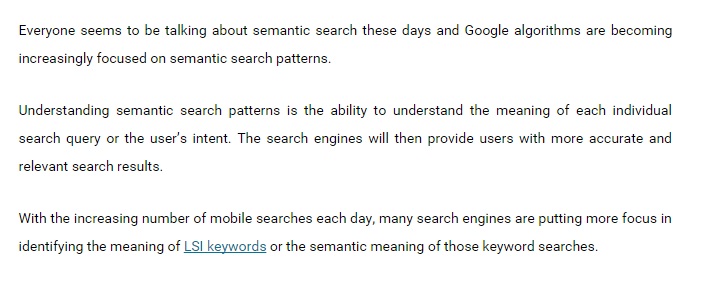
What’s this? A PhD thesis?
Example 2: 10 Common SEO Myths That Make Us Cringe [Infographic]:

It’s all about you.
As you might notice, the first article on semantic search is a bit less engaging with its use of cold, descriptive tone. The second article on the other hand, sounds more interactive by using a more conversational tone with the added emphasis on the word “you“.
The difference made by storytelling is HUGE! The first post practically have no feedback at all and attracts next to no traffic. The second post on the other hand is so likeable, it gets more than 600 shares!
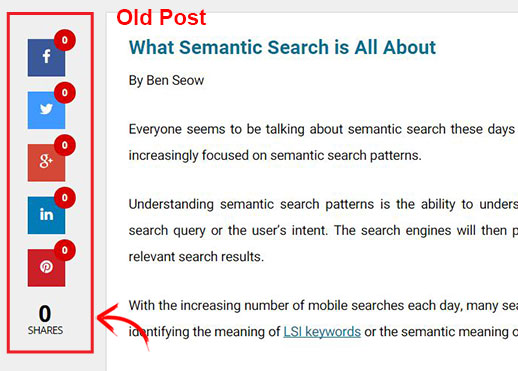
Social signal of older post vs newer post

Like what I’ve mentioned earlier, storytelling is like speaking to your reader directly. Which is why it is always advisable for you to incorporate it into your writing style as this takes away that cold, monotonous corporate feel and instead, give away a more warm, personal feeling. Readers are more likely to leave a comment and engage in a conversation if they know they are talking to a person, not a faceless corporation.
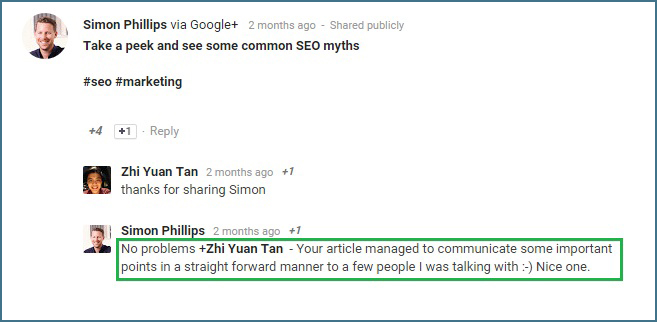
Nothing warms our hearts better than getting a positive feedback from a happy customer!
Next on our list is sincerity. I think this is a prime example to showcase the difference between old-school marketing and inbound marketing. You know how in traditional marketing we are always bombarded with extravagant claims that a product can magically erase all your life’s problem in a split second?
Yeah, nobody likes those. It shows that no matter how unreal, businesses will claim anything and everything to make their product look great.

Smoking protects my throat against irritation? Seems legit.
In inbound marketing? You might not even talk about your product at all! You know your customers, you know their problems and you are sincere in helping them to solve their problems – with or without your products. Whenever you can, you offer your product because you know it will really help them.
When you know it doesn’t, you don’t force it. Instead, you help in other ways, from writing simple tips and tricks to giving directions for them to find their own solutions. And yes, even if it means promoting other people’s product!
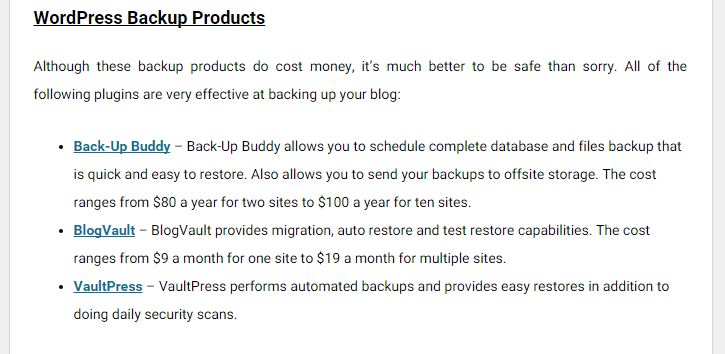
How we did it:
If you’re a regular reader you know how rarely we talk about our own products in our posts. And we don’t exclusively talk about SEO either. We know that our customers are mostly bloggers, small business owners and content marketers so we write all kind of posts that can benefit them.
This post for example is not related at all to the products we are selling. But because we felt that this particular topic will be hugely beneficial to our audience in order for them to improve their marketing and branding, we’ve decided to write it anyway. Letting your users know that you truly care for them and not just in for the money is a great way to showcase your sincerity.

How we did it:
For example, what we do here at SEOPressor is that we try to read as much as we can from all the SEO experts’ websites such as Moz or Search Engine Land. We also make sure that we participate in online community forums such as Google+, Inbound.org and others, so that we will be able to cite our reference to these SEO experts in the future. Apart from that, a resourceful inbound marketer must always be aware of the best tools available in order to increase their productivity at work.
Below are some of the useful tools or sites which we use quite often:
Alexa or Similar Web – it gives us insights on how we should benchmark ourselves with our competitors.
Buzzsumo – we use this for content idea generation.
Blog Title Generator – we use this to get more inspirations on creating catchy headlines
Grammarly – we use Grammarly to check on our spelling mistakes and other grammatical errors.
Headline Analyzer – we use Headline Analyzer to obtain an optimum score for all our headlines – developed by CoSchedule.
SEMRush – we use this for our keyword research.
Inbound.org – we use this to promote our content and to learn from others within the SEO community.

Time relevance
Staying relevant and up-to-date is extremely important for every marketer who wants to succeed in inbound marketing. Imagine spending hours after hours perfecting an article only to get it ignored by readers because all of the information inside are obsolete or no longer relevant.
This is why it is always advisable to revisit all your non-performing blog posts to see if there is anything you can do to enhance the quality of your post such as keeping the information up-to-date. As a bonus, updating a post also resets its freshness score. This is especially useful as Google tend to rank content based on the relevancy of your content to the search queries of the present time.
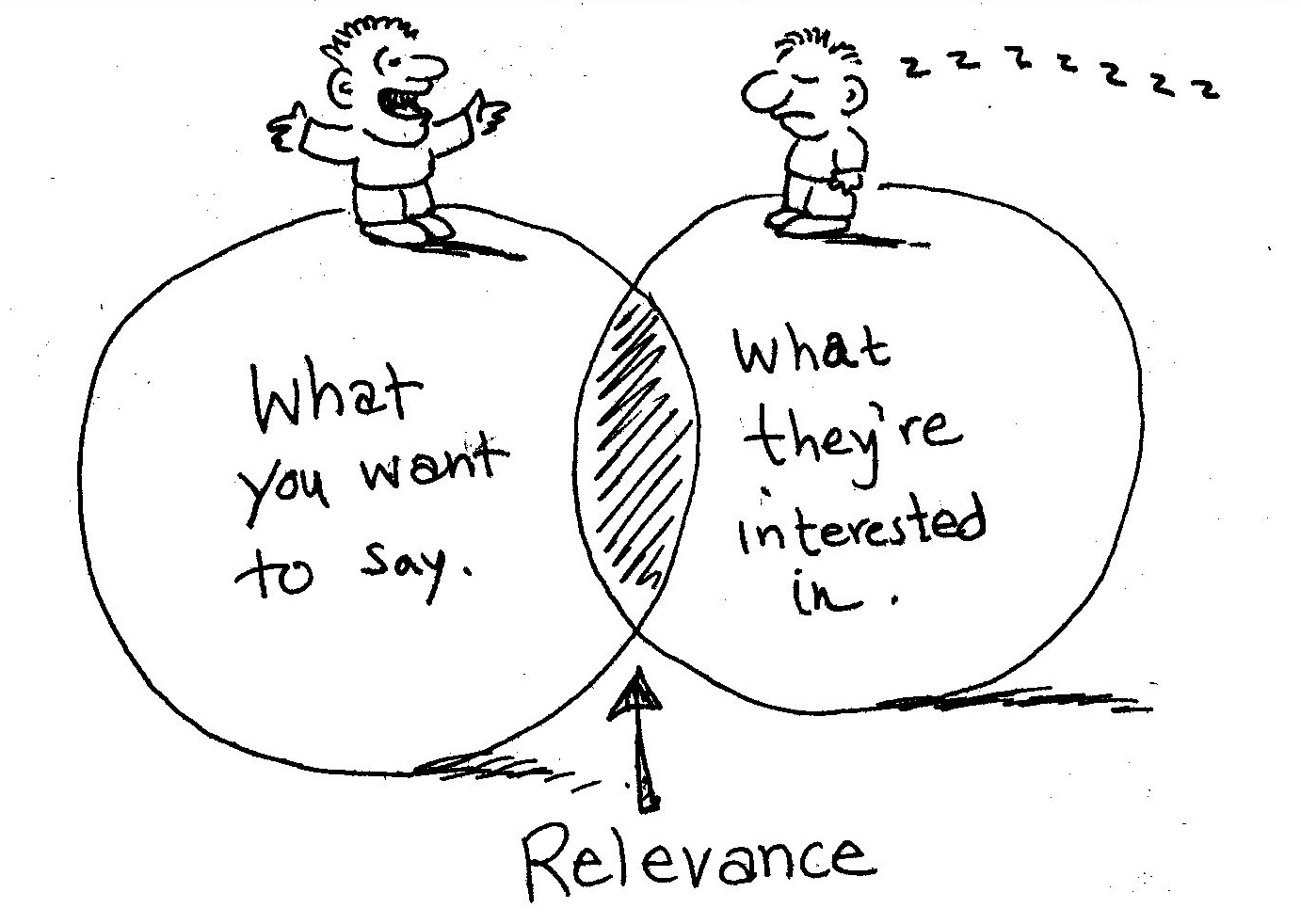
Audience relevance
Time relevance is one thing. Another thing to pay attention to is audience relevance. It is important to really understand your audience and know what turns them on or piss them off. The easy part is to write topics that caters to your audience intent when visiting your website or using suitable reference and images.
The hard part however, is in the details such as controlling which ads or offer to be shown that’s relevant to your audience’s interest. A study by Janrain shows that 74% of visitors gets frustrated and leave when they are shown unrelated ads or offers. Imagine how embarrassing it would be if you’re a man and you keep getting pop-ups offering discounts on women lingerie!
How we did it:
To us, we understand that staying up-to-date is important, but our concern is more to write content that is relevant to our target audience. While we don’t often write about the latest news in the industry, we make sure that the information we included in our posts are updated everytime any changes happens that render them obsolete. Writing about basic SEO, while not exactly up-to-date, are relevant to our audience that are mostly still new to the subject.
![]()
For example, educational articles can be used to build up your reputation as an authority in the subject. Highly entertaining or informative articles can encourage readers to subscribe to your newsletter. Identify your objective and structure your post to achieve it.
It should be obvious but it needs to be said that you shouldn’t force self-promotion into each and every article you post. It’s not like a self-promoting article is completely forbidden. Just that you need to put it as a focus for certain articles and not mix it into everything. It’s also a bad idea to try to achieve too many objectives with a single post. Doing so will water down the focus of the article and leave your readers confused.
How we did it:
While it’s quite obvious from the pop-ups that we’d really love it for our readers to opt-in to our list, this is actually sort of like a bonus objective. The main objective is to build our online presence as an authority within our area of expertise.
| One example would be from one of our case studies on: “Secret About Meta Description That Can Triple Your Click-Through Rate”. |
|---|
The only difference between an amateur and an expert in SEO is whether you produce your own data or merely repeats what others has already published. Based on this, we focused on writing more articles showing findings from our own experiments. We initially conduct this experiment trying to find proof that Google uses meta description as a ranking factor.
Even though the experiment turned out false in the end (Google doesn’t directly use them), we still published it because we aren’t trying to prove that we’re right, we’re doing it to find data that can benefit the field as that’s how experts do it.
Furthermore, by knowing that our initial guess was false, we also learned another thing – while not used as a direct ranking factor, meta description can improve click-through-rate by displaying a better snippet. Improved click-through-rate in turn does contribute to improving ranking.
Just like a quote from the famous lightbulb inventor, a failure can actually be a part of improvement:

A failed experiment is just a small hurdle for anyone dare to dream in becoming an expert in any subject. We took it as a challenge, gathered what we’ve learned from it and planned for even more experiments in the future!

Another important attribute for a great inbound marketer is to be driven by our own passion. What we’ve learned from other experts so far is that being good is never good enough.
Being good is hard enough, but it will just make you blend in with the others. And admittedly while you might already perform well beyond the average marketers, to stand among the top requires you to exceed even the highest of your own expectations. The only thing that separates the “good” and the “excellent” is the drive to deliver the final push to make everything perfect even when you’re already “doing good”.
All the little things you forgo because you don’t think they will matter actually adds up and will always set you back a step behind the best. So always take that one extra step to fix that paragraph or add that one picture you missed even though it’ll cost you 10 minutes of your lunch break.
How we did it:
We track our traffic for improvements each month and after implementing quite a number of best practices, we finally managed to see some results. Our organic traffic increases up to 80% and we got a lot of articles ranking on the first page of Google.
One of them is our Google Patent page:
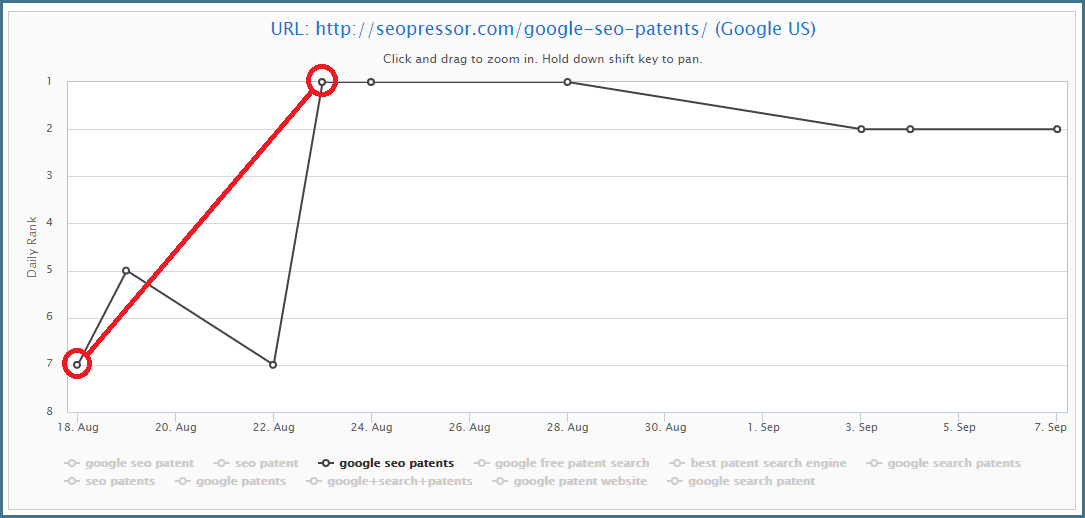
A significant jump from a minor tweak.
As you can see from the diagram, we were ranked at no.7 on August 18 for the keyword “google seo patents“. For our standard at that time, that’s really awesome! Getting into the first page in your targeted keywords among other websites you highly respect is not a small achievement. But then we noticed something:
August 18: We were ranked at no.7
Here’s what the meta description looks like initially:
<meta name="description" content="A Comprehensive Analysis of How Google's
Patents Are Affecting Your SEO Marketing">It’s quite decent, but compared to the snippets displayed in the higher results, we realize that our’s are lacking the phrase “search engine optimization” as we just used the abbreviation “SEO” as well as some call-to-action. At first, we weren’t really paying much attention on that part as meta description isn’t used as a direct ranking factor anyway. But even a minor contribution might help so we went ahead and changed it.
August 23: We are now ranked at no.1 spot.
This is how the meta description looks like after some minor tweaking:
<meta name="description" content="Comprehensive Analysis of How Google's
Patents Are Affecting Your Search Engine Optimization (SEO). Learn how
to apply these techniques into your SEO...">Just by tweaking a minor detail, we climbed 6 spots and ended up at the first position! This won’t happen if we are already satisfied just by being at the first page and just gave up because we are competing against highly authoritative websites. Being driven means you won’t stop even until you’ve already reached the top!

We learn best when humble and open minded
In order to be established as the expert everyone seeks advice for, you must first earn their respect. Showing your expertise and demonstrating results is a good way of doing it, but at the same time, you need to be humble. When any random commenter point out your flaws or suggest further improvement to your article, don’t be defensive in order to protect your ego. Learn to embrace them with arms wide open.
Being humble means that you realize everyone is not exempt from mistakes so learn to admit your flaws and be willing to improve. I know it’s easier said than done, especially when we fall under attack of “internet trolls” who intentionally tries to provoke us using profanities and being rude in general. A good inbound marketer should know how to look past through the distraction and find helpful cues in every kind of comment.
How we did it:
We really have to admit that sometimes we do learn a lot from our readers’ comments. Even though they might not be experts in SEO, knowing for a fact that a majority of them are operating businesses from various industries, we listens when they share their opinion as they help us to better understand their industries and needs better.
Another example would be our experience doing guest posting for CoSchedule’s blog. Guest posting on its own is well-regarded as a great link earning tactic but we are amazed at how much we have learned from it! The amount of preparation done for a post and the superb coordination of their team members taught us a lot on improving our own process.
Meeting their high expectations are quite tough, but we are truly honored to have the opportunity to learn from among the best in the business!

Always have your audience in mind before writing any piece of content.This is indeed one of the golden rules that every successful inbound marketer should be aware of and make a habit of.
The reason for doing so is because you need to know what your target audience search intents are; in other words, if you can figure out what are some of the queries your potential customers might type on the Google search bar, then you should be on the right track in answering their search query.
If you can answer your user needs and wants, it also means that you will most likely draw in a more targeted audience to your blog post. And when I talk about targeted audience, I mean someone who is more likely to make a purchase from you in the future.
And even though not all of your audience will end up purchasing your products, if they truly like your content and share it, it might still end up reaching other potential customers.
How we did it:
Like what I have mentioned previously, we know our audiences are mostly content marketers as well as bloggers and small business owners. Hence, we not only write articles catering to their needs, we also develop tools and resources designed to help them tackle their daily challenges effortlessly:
Example 1: Blog Title Generator
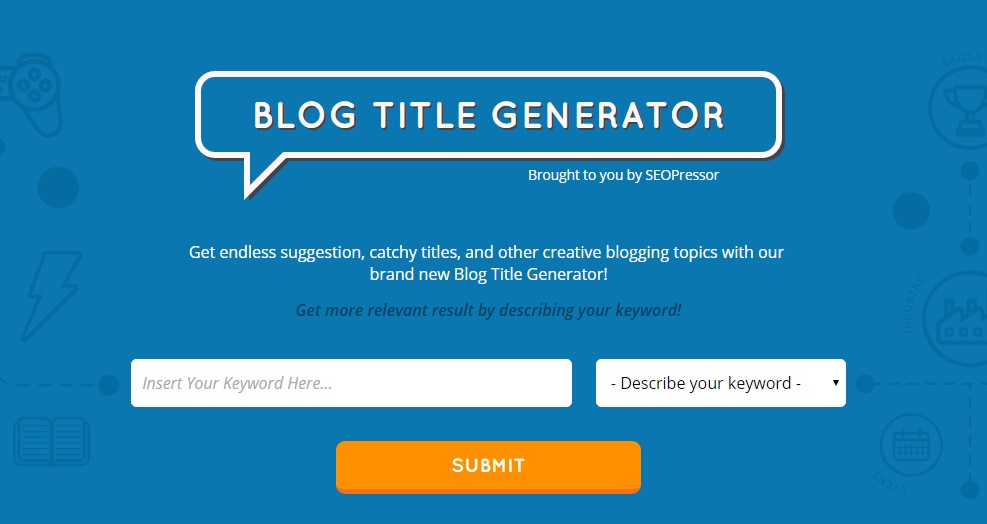
Writer’s block is common among writers as well as content marketers when thinking of what kind of topic to write about next. We built the Blog Title Generator with this idea in mind to help suggest topics that enables any writers to fulfil their demanding publishing schedule.
Example 2: LSIGraph

LSI keyword is designed to suggest LSI keywords revolving any particular keywords. As what most of us already know, keyword stuffing is a thing of the past – Aside of your main keyword, Google is now aiming to detect LSI keywords to determine the context of your article so that they can be accurately used to answer the right query. This tool allows you to discover suitable LSI keyword to complement the main keyword.
Example 3: Google Patent

The most important source of SEO best practices can be found inside Google’s own search engine patents. But we understand that patents can be annoyingly hard to study, so we did the hard part and compiled the results in an easy to read format.

As for the final attribute, I strongly believe that you will never be a good inbound marketer if you neglect SEO. It’s a fact that SEO and inbound marketing are actually quite inseparable.
Generally speaking, inbound marketing is all about offering quality content to your audience so that at the end of the day you get them to purchase things from you. However, no matter how good your content is written, if it is done without any optimization, your page will never show up in front of your visitors. After all, you want your content to be discovered and read by your audience, right?
This is the reason why knowing how to keep a balance of writing a perfect blog post that fits the needs of both your audience and the search engines is extremely crucial for every inbound marketer who wants to succeed in content marketing. Therefore it is always advisable to put in some effort to master the art of On-Page SEO so that you can actually amplify your content in order to make you stand out from your competitors.
How we did it:
It’s not an exaggeration to say that SEO is the reason why we are here right now – both the reason why I’m writing this post and how you manage to discover and read it up until this part. It’s not a surprise for a company called SEOPressor with “The Best SEO WordPress Plugin” as its main product to have SEO as its main core, but we truly do believe in it.
In fact, this post and every other post we ever published in this blog is guided using the very product we sell and recommend.
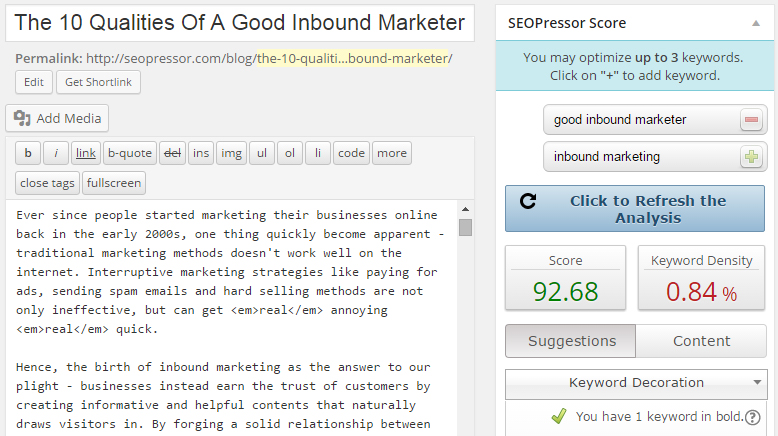
Everything you do should be optimized.
Now this might start to sound like a hard sell article already but the truth is SEOPressor only covers on-page SEO. You still need to deal with other aspects such as off-page SEO, social media marketing and content promotion on your own so don’t get too excited.
And, we’re finally done!
As a final note, while each of the 10 qualities are impactful on their own right, they work best when applied together. You might notice that the examples we used in some qualities also includes points from other qualities. Even for seemingly contradicting points like sincerity versus objective-oriented, they can actually work together as customer’s interest and business objective can align towards the same goal.
To sum it up I’ve compiled all the essentials of The 10 Qualities Of A Good Inbound Marketer into this nifty infographic. Feel free to keep it as a future reference and don’t forget to share in the comments what YOU think as a must-have for a great inbound marketer!
Updated: 29 December 2025


Save thousands of dollars (it’s 100x cheaper)

Zero risk of Google penalty (it’s Google-approved)

Boost your rankings (proven by case studies)
Rank High With This Link Strategy
Precise, Simplified, Fast Internal Linking.
